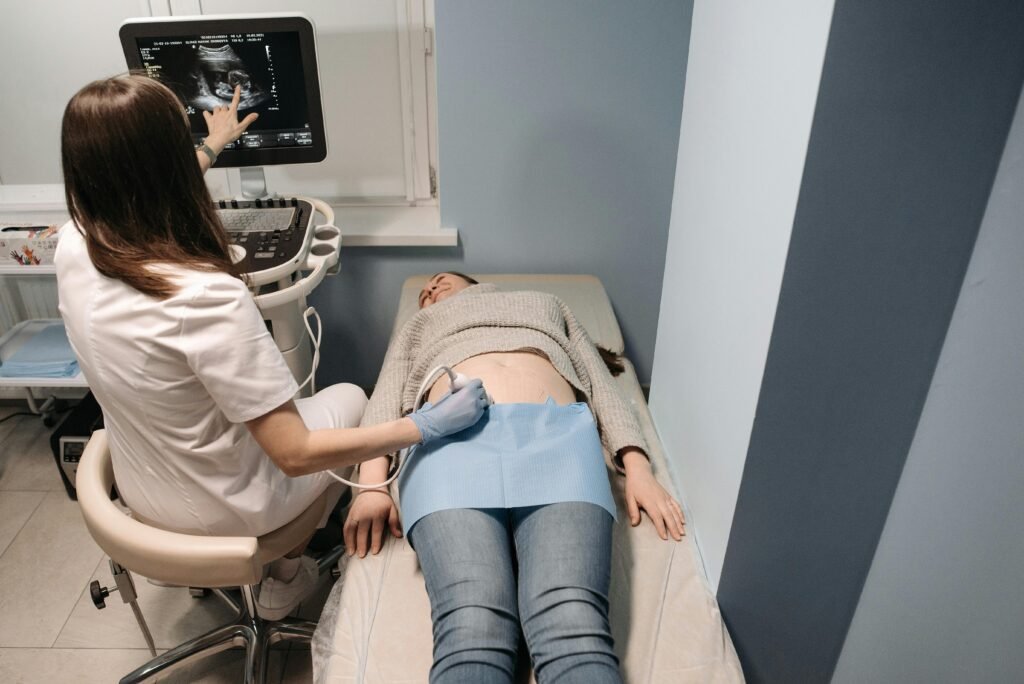Recurrent Miscarriage
Recurrent miscarriage is defined as experiencing three or more consecutive pregnancy losses before 20 weeks. While emotionally challenging, many couples go on to have successful pregnancies with the right care. Possible Causes Diagnostic Tests Treatment Options Tailored to the cause: Frequently Asked Questions Q: Can stress cause recurrent miscarriage?A: No. Stress doesn’t directly cause miscarriage, though emotional […]















